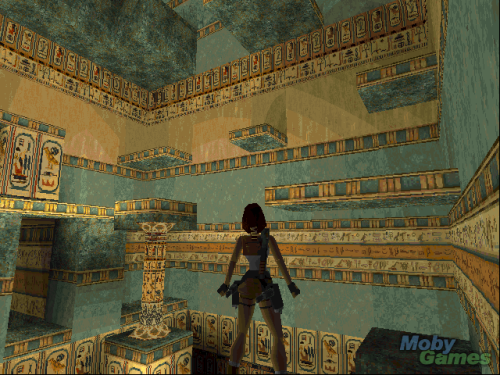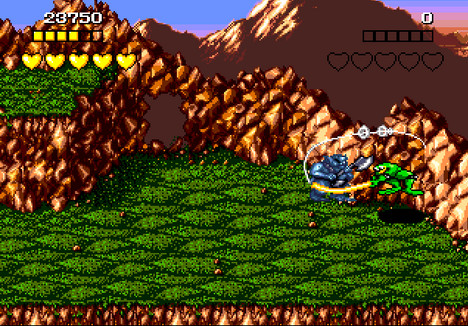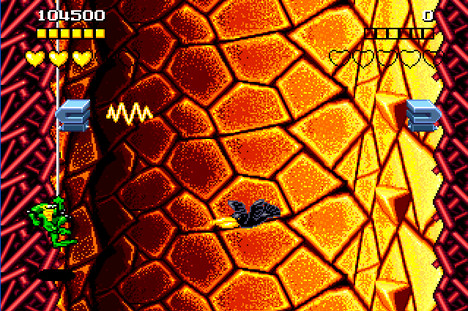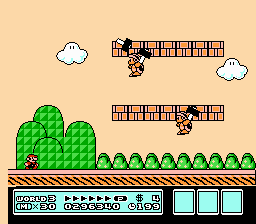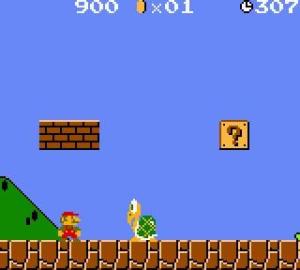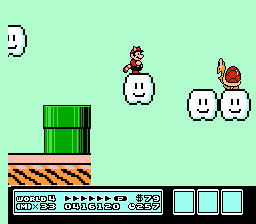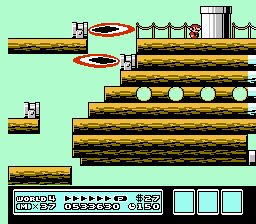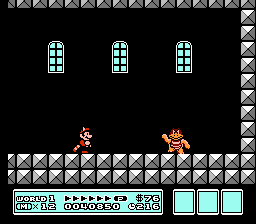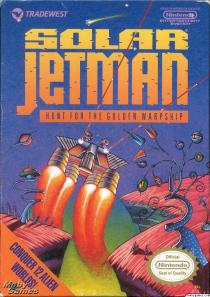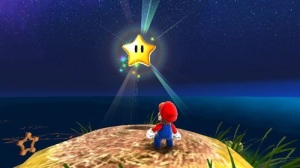Format: Xbox Genre: Platform/Adventure Released: 2006 Developer: Double Fine Productions
The other day I was looking back through the games I’ve covered so far on the blog, and it dawned on me that I have a very odd taste in games. Loads of people have been asking me when I’m going to cover classics like Sonic the Hedgehog and Sensible Soccer, but to be honest I’m more interested in writing about oddities like Doshin the Giant and Emergency Call Ambulance.
That’s partly because odd games are a bit easier to write about of course. One of the most difficult posts to write so far was the one on Super Mario Kart – it’s clearly a fantastic game that had to be included on the blog, but how do you write something new and interesting about a game that everyone already knows everything about? I ended up going with the whole ‘which version of Mario Kart is the best’ angle, but I think I rewrote the whole post about three times before I was reasonably assured that it wasn’t incredibly boring.
But the main reason that I tend to pick odd games to write about is that I genuinely like them. Give me the choice between playing Katamari Damacy and Halo 3, and Katamari would win hands down. That’s not to say I don’t like the Halo games of course, but in the end they’re just a more refined version of a genre that’s been around for nearly 20 years, whereas there’s just nothing like Katamari Damacy out there (except for its sequels of course).
But it’s not just originality that attracts me – a good story is a plus too. I’m not one of those people who just keeps playing the same games again and again (I’m looking at you Ian) – I generally just play through a game once and then move onto something else. But the game has to make me want to see what’s around the next corner to keep me playing, and story is a big part of that.
Dark Sector is a good example of a game that doesn’t quite get it right – the story is all over the place, to the point where the game would probably have been better off without a story at all (watching the developers painstakingly try to explain why some young man has ended up with an organic, psychically controlled throwing blade for an arm is excruciating at times). Not only that, the limited story available is delivered through incredibly dull, poorly scripted cut scenes that actually leave you even more confused about what the hell is going on rather than illuminating the finer details of the hackneyed plot (which mostly centres around the usual mad scientist/femme fatale/betrayed friend gubbins). Thankfully, the game was saved from utter mediocrity by the small spark of originality that is the glaive – the amusement to be had from lopping people’s heads off from a distance was just about enough to keep me playing to the end.
The wonderful Psychonauts, on the other hand, has an embarrassment of riches when it comes to originality and story. In fact, it almost goes too far in the opposite direction – basic things, like the controls (which are ridiculously floaty), seem to have been added in almost as an afterthought, such is the focus on telling the sublimely ridiculous story. I won’t go into the details of the plot here (you can read the Wikipedia entry for that), suffice to say that at one point you get trapped inside the mind of a giant mutated lungfish and lay waste to an imaginary city – populated by tiny little mutated lungfish.
Graphically too, the game is exploding with imagination, and the stylised characters and landscapes are totally unlike anything I’ve seen before in a game (think The Nightmare Before Christmas, but set in a psychic summer camp). Not only that, in a welcome change from the norm, the voice acting is absolutely fantastic, and the deadpan one-liners often had me (genuinely) laughing out loud.
Most importantly, the game kept me playing not because I was trying to collect 100 of this, that and the other, or because I was desperately trying to get some obscure, yet utterly meaningless ‘Achievement’ – I kept playing just because I couldn’t wait to see what happened next. Which is the way all games should be.
Here’s a taster of the first batch of cut scenes to whet your appetite:
Lewis
(Screenshots from http://www.psychonauts.com)











